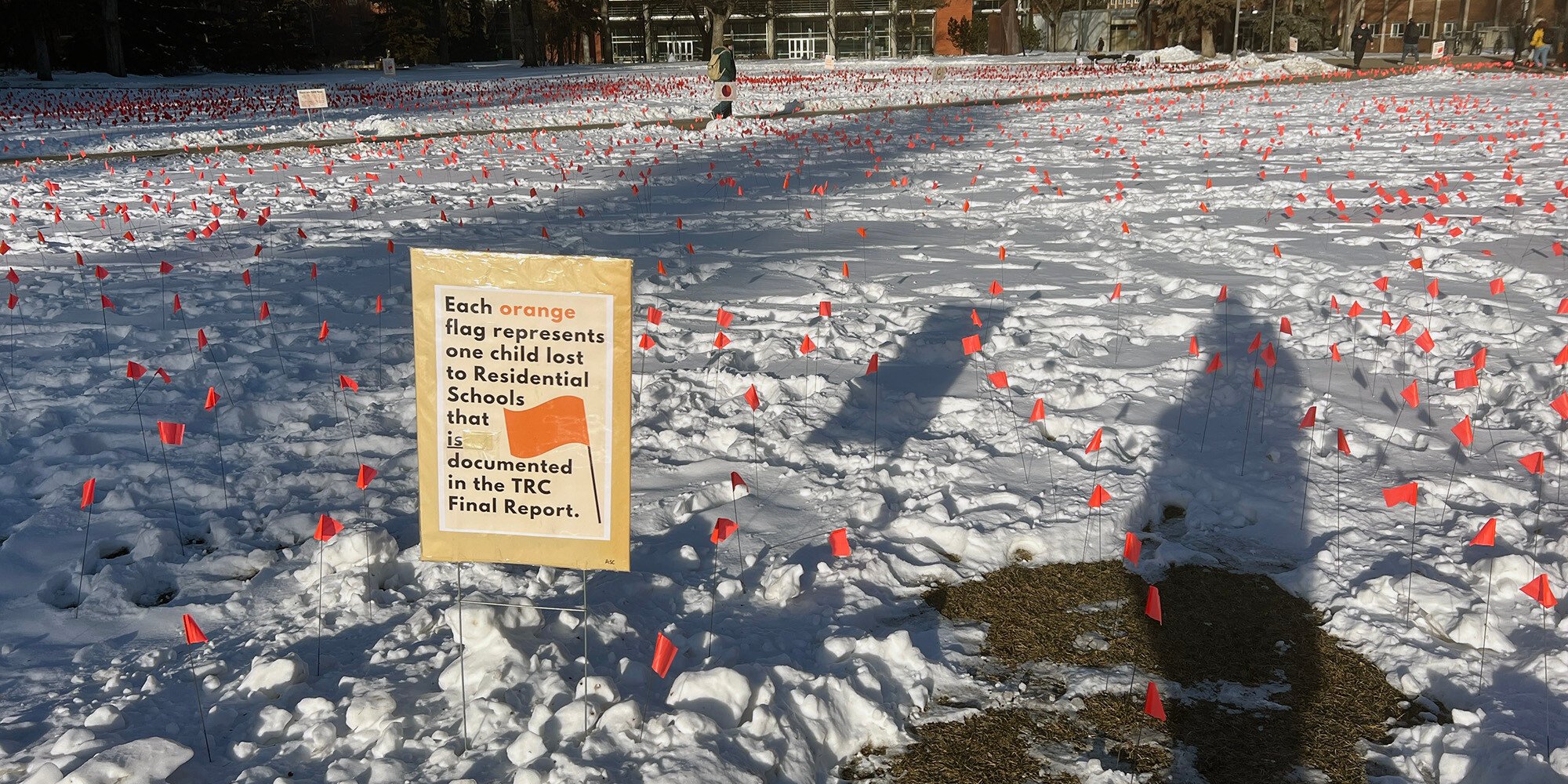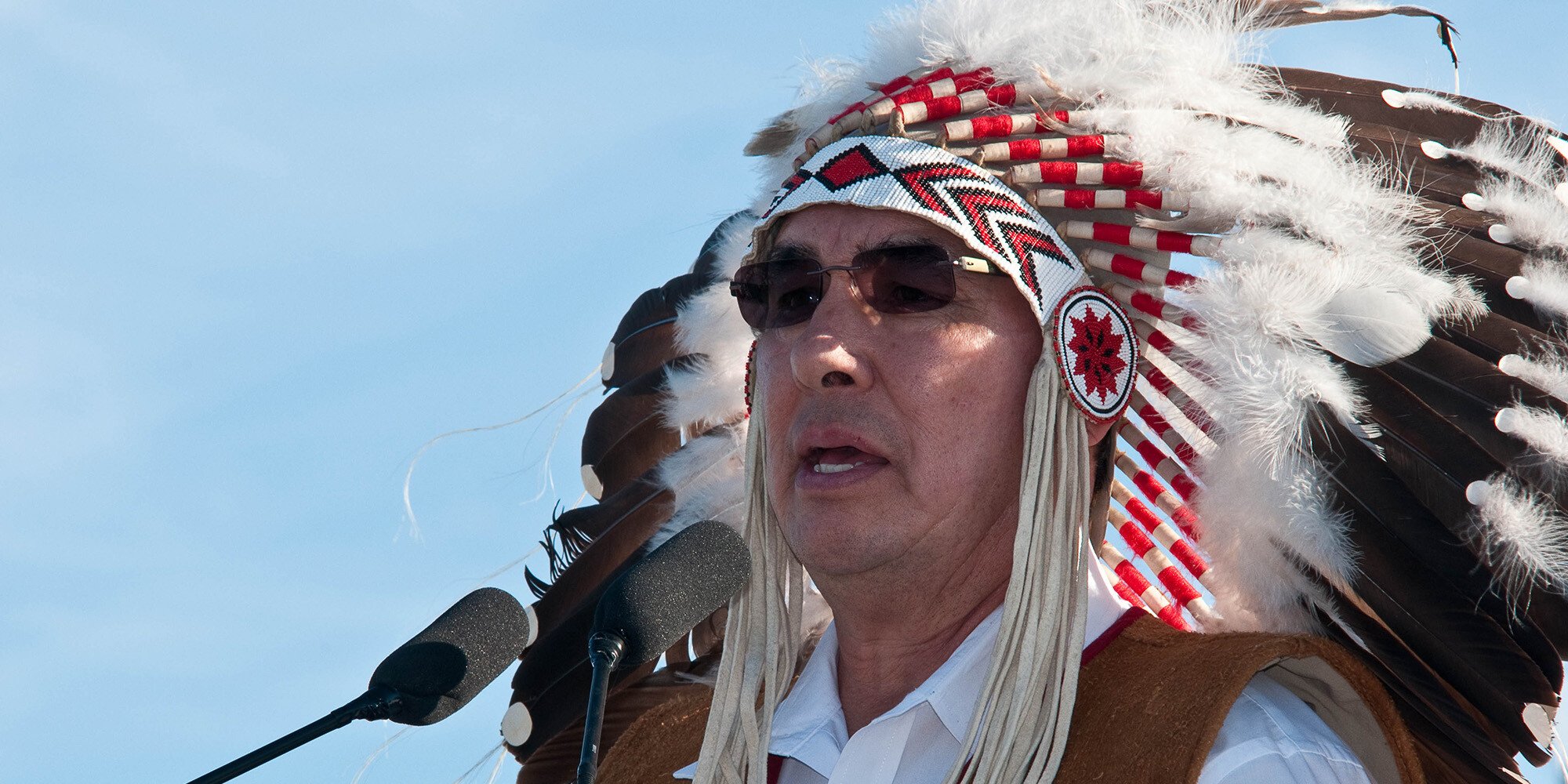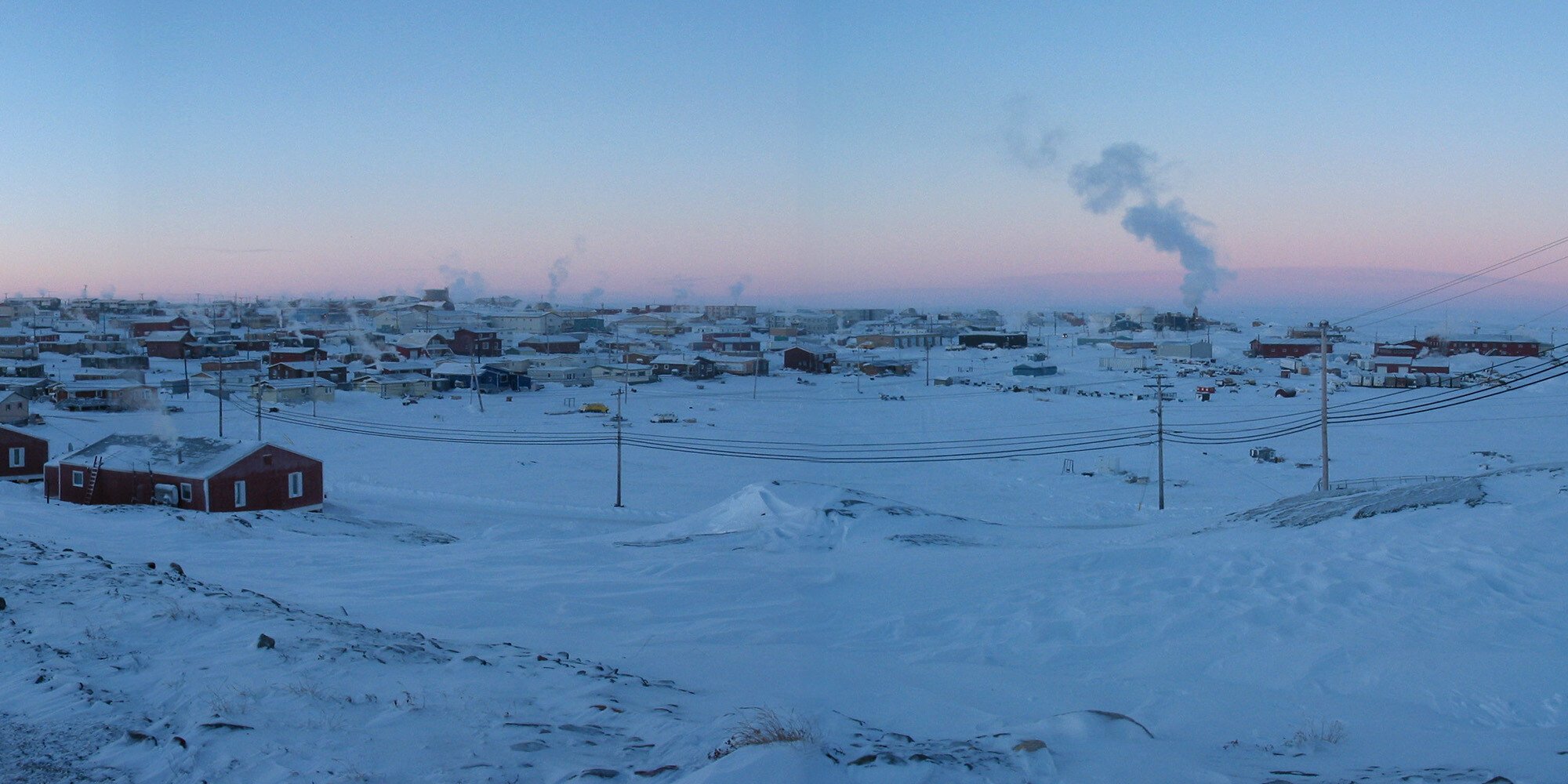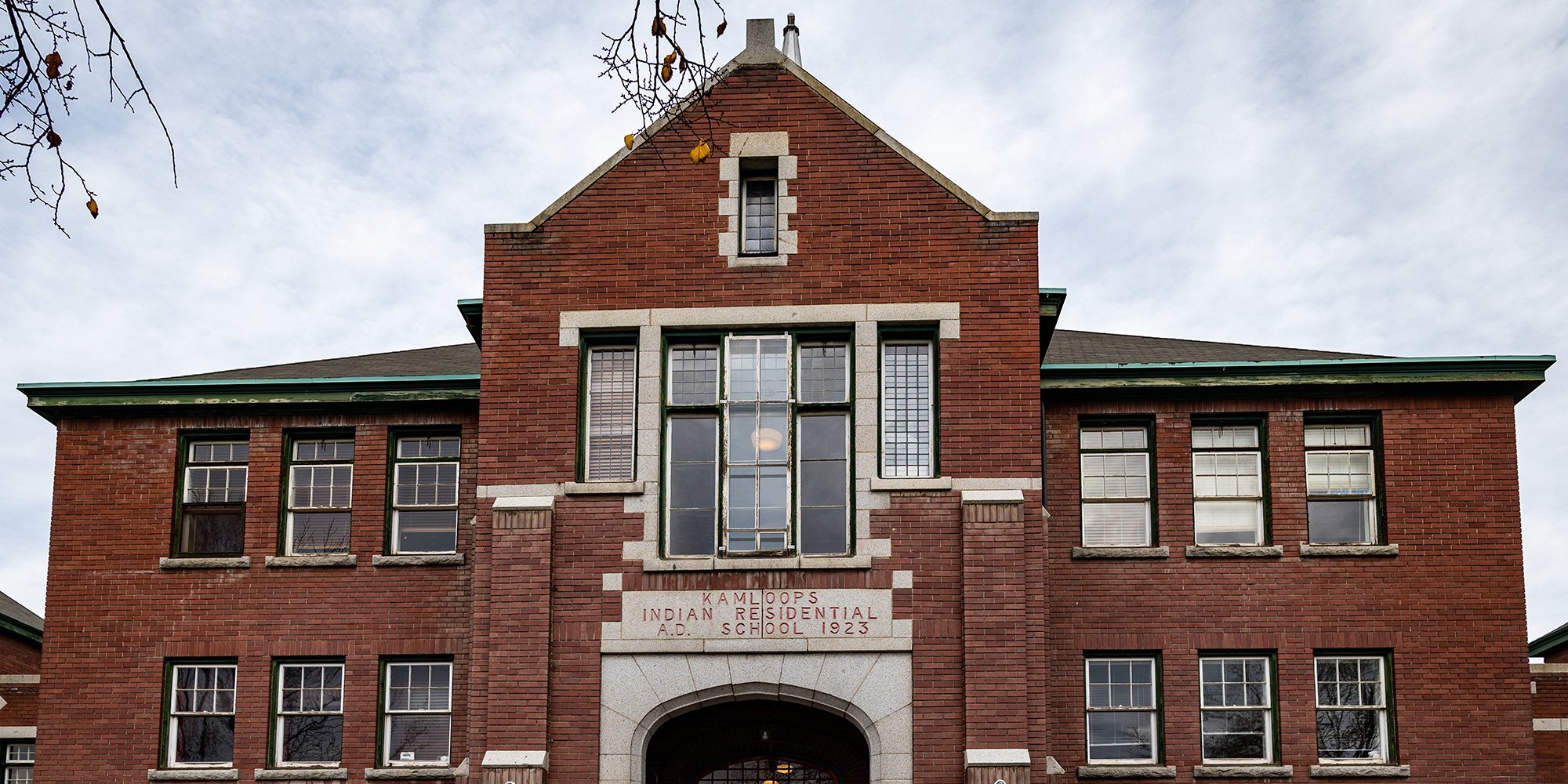6 min read
Handling Tough Questions About Denialism
There isn’t a single public school in Canada or in the United States that features a graveyard out back next to the football field. [1] Grand Chief...

6 min read
There isn’t a single public school in Canada or in the United States that features a graveyard out back next to the football field. [1] Grand Chief...

5 min read
Anyone aware of the work, life, and growing legacy of J. Wilton Littlechild will know that he is a significant leader in international Indigenous law...

4 min read
Many educational programs and documents that recount the history of Indian Residential Schools in Canada will state that 1996 was the year that...

2 min read
For many survivors of residential schools and their families, the Papal apology was all they hoped to hear, for others, it did not go far enough....

2 min read
It is vital that the commitment to Truth and Reconciliation does not fade just a few weeks after the first National Day.

2 min read
Orange is the New Symbol of Truth & Reconciliation The recent discoveries of 215 unmarked graves at a former Residential School near Kamloops,...

2 min read
Written in response to the 215 unmarked graves discovered in BC in May 2021.

3 min read
Trigger Warning: This article includes information about Residential School experiences In May 2021, the remains of 215 young Indigenous children...

4 min read
This article includes a video of a conversation I had with my father Chief Robert Joseph, O.C., O.B.C., about his first day at residential school and...

3 min read
As of September 30th, 2024, this article had been viewed by 142,000+ people who wanted to learn about Orange Shirt Day. Thank you for your interest...